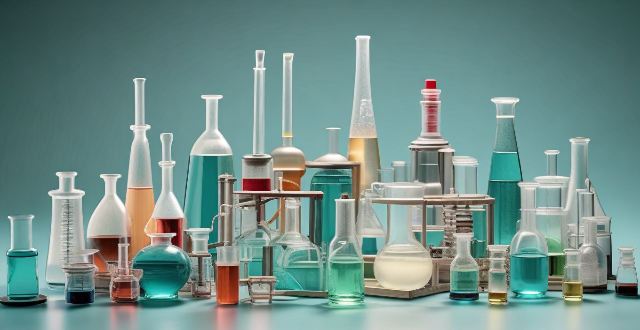Industrial settings often require chemical protective measures to ensure worker safety. These scenarios include handling hazardous chemicals, working in confined spaces, performing maintenance on chemical process equipment, disposing of hazardous waste, and emergency response to chemical incidents. Workers must wear appropriate personal protective equipment (PPE) such as gloves, aprons, goggles, and respiratory protection devices to prevent exposure to harmful chemicals. Examples of these scenarios include manufacturing processes involving strong acids or bases, tank cleaning in the petrochemical industry, repairing valves or pipes in chemical processing plants, disposal of chemical waste at landfill sites, and firefighting and rescue operations during chemical fires or explosions. By implementing these chemical protective measures in relevant industrial scenarios, employers can help safeguard their employees from potential health hazards associated with chemical exposure.

Industrial Scenarios Requiring Chemical Protective Measures
In industrial settings, it is imperative to use chemical protective measures in various scenarios to ensure the safety and well-being of workers. These scenarios include:
Handling Hazardous Chemicals
When dealing with hazardous chemicals such as acids, alkalis, solvents, or toxic substances, appropriate chemical protective measures must be taken. This includes wearing personal protective equipment (PPE) like gloves, aprons, goggles, and respiratory protection devices.
Examples:
- Manufacturing processes involving strong acids or bases
- Laboratories handling corrosive or toxic chemicals
- Cleaning operations using harsh chemicals
Working in Confined Spaces
Confined spaces often have limited ventilation, making them prone to high concentrations of chemicals. Workers entering these areas should wear appropriate chemical protective clothing and equipment to prevent exposure to harmful gases, vapors, or particulate matter.
Examples:
- Tank cleaning in the petrochemical industry
- Maintenance work in sewage systems or chemical storage tanks
- Mining operations where workers may encounter toxic gases
Performing Maintenance on Chemical Process Equipment
Maintenance activities on chemical process equipment can release hazardous chemicals into the environment. Workers performing maintenance tasks must use chemical protective gear to protect themselves from potential chemical spills, leaks, or fumes.
Examples:
- Repairing valves or pipes in chemical processing plants
- Servicing mixing vessels used in pharmaceutical manufacturing
- Overhauling pumps and compressors in industrial facilities
Disposal of Hazardous Waste
The disposal of hazardous waste requires special attention to avoid health risks and environmental contamination. Workers involved in waste disposal must utilize chemical protective measures such as impermeable suits, gloves, respirators, and other PPE to handle hazardous materials safely.
Examples:
- Disposal of chemical waste at landfill sites
- Decommissioning of nuclear power plants or chemical facilities
- Cleanup of chemical spills or leaks in industrial environments
Emergency Response to Chemical Incidents
In case of an emergency situation involving chemical releases, spills, or leaks, responders must be equipped with appropriate chemical protective gear to mitigate the effects of the incident and protect themselves from harm.
Examples:
- Firefighting and rescue operations during chemical fires or explosions
- Hazmat team responses to transportation accidents involving hazardous materials
- Cleanup and containment efforts following industrial accidents or disasters involving chemicals
By implementing these chemical protective measures in relevant industrial scenarios, employers can help safeguard their employees from potential health hazards associated with chemical exposure.